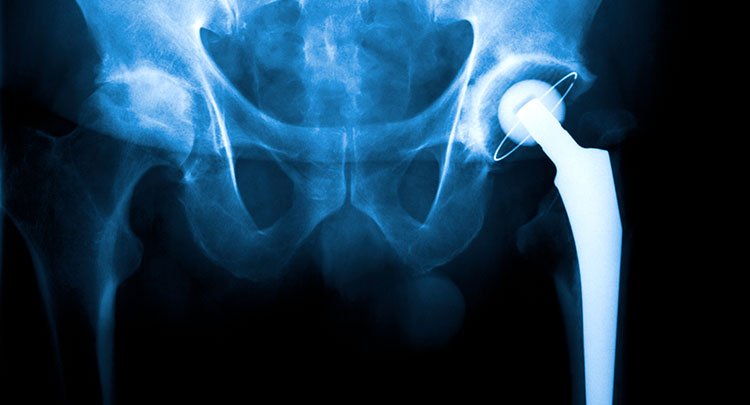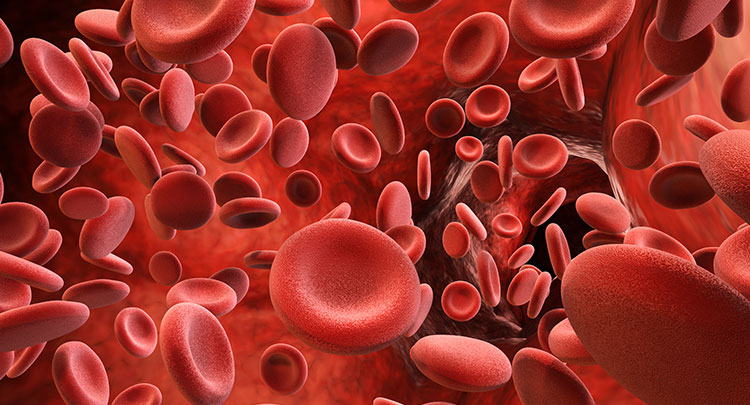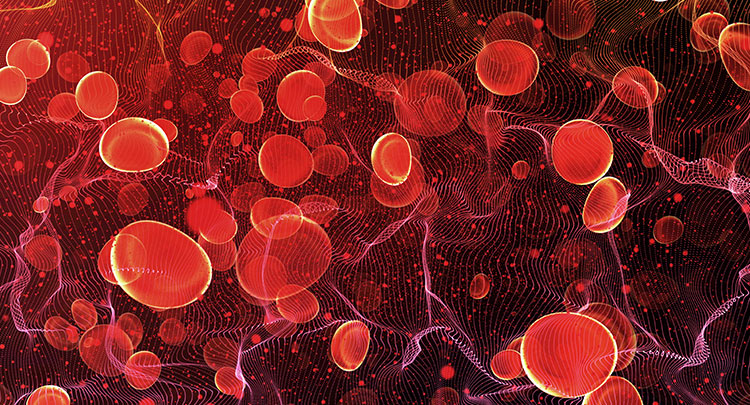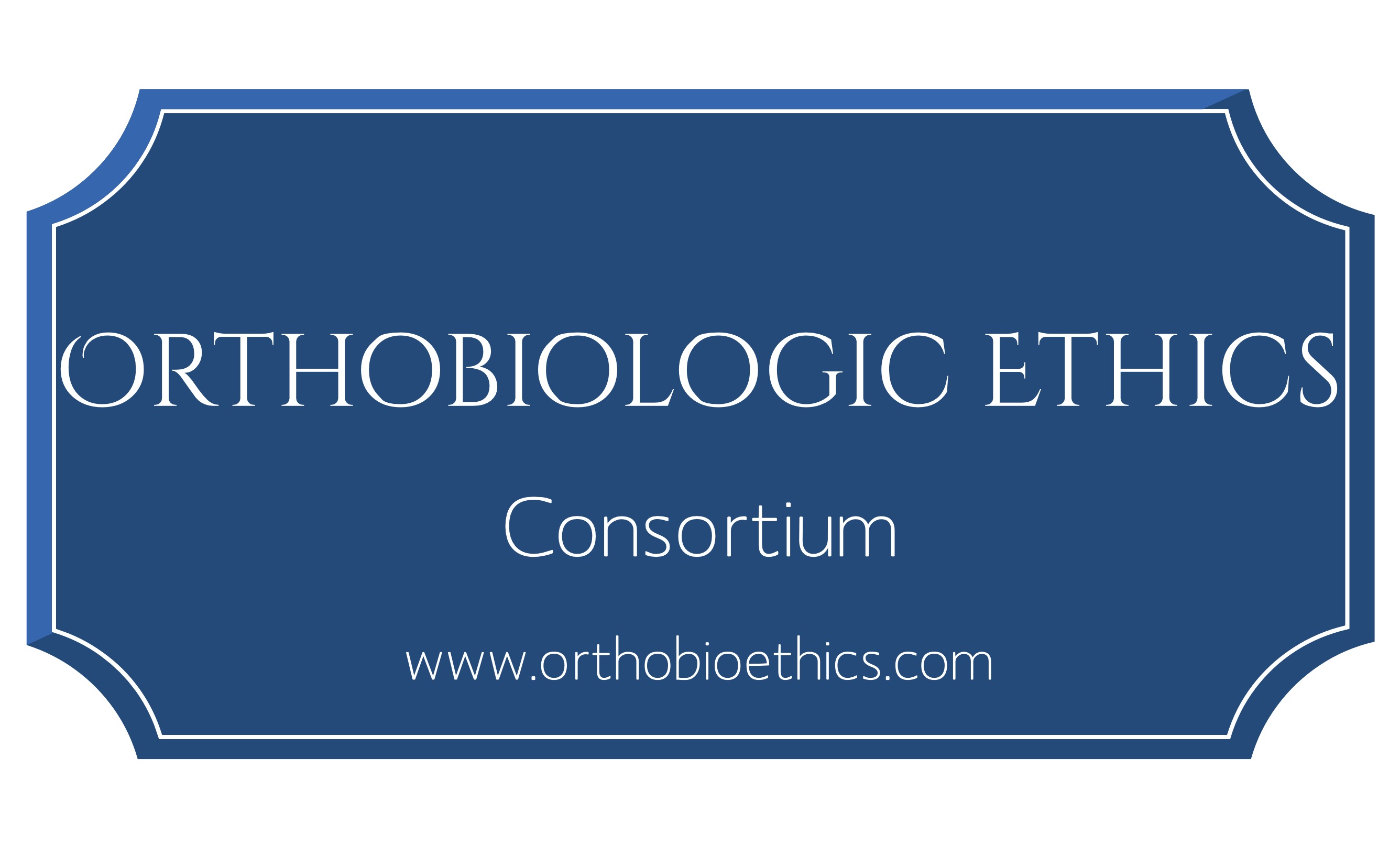
The ability of the body to heal itself and regenerate tissues after an injury is highly intricate and quite amazing to think about. There are many different types of cells, platelets, growth factors, and other components that circulate within the body and that can initiate and complete the healing process after an injury has occurred.
Many of the common treatments that are used to heal a variety of injuries utilize surgical procedures. However, these can be highly invasive and do not always carry a 100 percent success rate. Since the body is able to so effectively heal itself, wouldn’t it make more sense to use the body’s own cells to try to heal an injury before turning to other options like surgery?
What is Autologous Bone Marrow Concentrate?
Autologous refers to something is obtained from the same individual that it is going to be used for. Autologous bone marrow concentrate (BMC), then, comes from a person’s own bone marrow. Bone marrow is found inside many of the long bones in the body, the largest stores being found inside the hip bones, breast bone, ribs, spinal vertebrae, femur, and humerus.
The most common site for bone marrow extraction, also known as bone marrow aspiration, is the hip bones. The aspiration process takes only a few minutes and is minimally invasive. The bone marrow is withdrawn using a needle that is inserted into the iliac crest, which is located on the top of the hip bone.
After the bone marrow is extracted, the sample is placed in a centrifuge in order to separate all of the components. Once separated, many of the red blood cells are removed from the sample. This produces a concentrated mixture of growth factors and various cells that are critical in the healing process. This mixture provides a more effective therapy option than the initial bone marrow sample.
This concentrate is then able to be injected directly into damaged tissues to facilitate tissue regrowth. BMC can be injected into a joint capsule, over the top of cartilaginous tissue, or into a tendon sheath or bursa sac. The specific location of the injection depends on the particular injury and the tissues that need to be regenerated and restored.
How does BMC help with Regenerative Medicine?
Bone marrow is responsible for creating new red blood cells, which work to transport oxygen throughout the body. This tissue contains a variety of other cells as well, including mesenchymal stem cells, hematopoietic stem cells, cytokines, and various platelets and growth factors.
All of these cells allow BMC to serve as a biologic. A biologic is a tissue that has the ability to create new tissues or helps to bring other cells to the affected area to speed up the healing process. By creating new cells, BCM can replace tissues that have been damaged much more quickly than the body would be able to do on its own.
Mesenchymal stem cells are a key component to the effectiveness of BMC as a medical treatment option. These cells are known as multi-potent cells, meaning that they are able to change into other cells to create various new tissues, including cartilage, bone, connective tissue, fat tissue, and more.
The other components of BMC, most notably growth factors and platelets, help to recruit additional cells to the damaged area. They can help to improve blood flow in the tissues, limit chronic inflammation levels to reduce pain and improve joint mobility, and help to prevent scar tissue from forming.
Reducing scar tissue formation is especially important because scar tissue is not very flexible and does not have the same resilience as other tissues, especially that of muscles, tendons, and ligaments. If these tissues do become injured and scar tissue replaces the damaged cells, the original tissue will not be as strong or functional as it was prior to the injury.
Due to its composition, BMC is a viable treatment option for a variety of different injuries. Some of the most common ailments it is used to treat include osteoarthritis, strains of tendons, tears in muscle and ligaments, cartilage breakdown in the knees and hips, and many more.
The Benefits of Bone Marrow Concentrate
Autologous bone marrow concentrate is an easy to obtain, effective option for a number of different injuries. Its effectiveness is due to its ability to restore the functionality of original tissues in strength, resilience, and appearance. This makes it a great option to heal tissues while avoiding other treatment options, such as surgical procedures.
https://www.ncbi.nlm.nih.gov/pmc/articles/PMC5443590/






